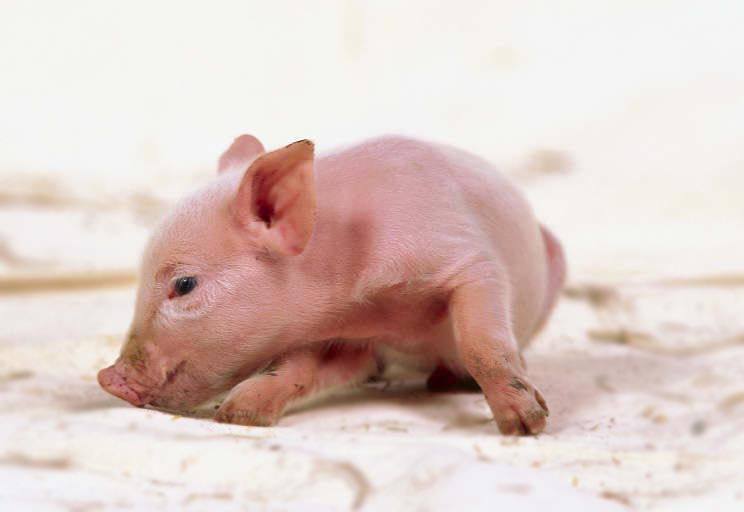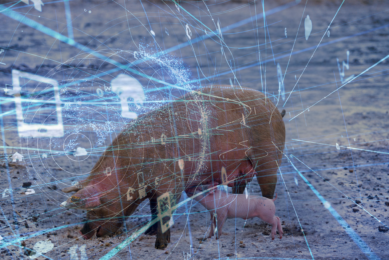Colostrum and cross-fostering benefit small piglets

What is the effect of cross-fostering and oral supplementation with colostrum on performance of newborn piglets? Spanish researchers found out.
The research team looked at two oral supplementation strategies on piglets that were born with a weight of less than 1.35 kilogram. One group received no oral supplementation (the SP; CON group), some received 15 millilitres of sow colostrum orally administered within 4 hours after the farrowing was completed (COL group).
In addition, two levels of cross-fostering strategies, performed 24 hours after farrowing, were also studied (HL: litters fixed at 12 piglets, ensuring that less than 50% of the piglets of the litter were SP; LL: litters fixed at 12 piglets, with most of the piglets of the litter being SP; in both cases the aim was to minimise moving piglets from one sow to another as much as possible).
In total, forty-six litters were used. Litters were allocated to one of the four treatments: CON-HL, CON-LL, COL-HL, and COL-LL. It was shown that at day 19, HL sows had fewer dead piglets per litter than LL sows (0.80 vs. 1.69). The COL-HL sows had fewer dead piglets per litter than CON-HL (0.47 vs. 1.14).
Cross-fostering SP in the same litter did not prevent a litter’s CV of BW from increasing at weaning. Piglets from the COL group had higher IgG concentration than piglets from the CON group. However, piglets from the negative control group had lower IgG concentration than those from the COL and CON groups.
Allocating small piglets to the same litter through cross-fostering had a negative effect on mortality and did not improve litter CV of BW at weaning. Colostrum supplementation of SP piglets improved IgG blood level on day four. In addition, in non-homogenized litters, colostrum supplementation of SP piglets might be a good management strategy to improve litter performance.
This study was published in the Journal of Animal Science. 2014 Mar; 92 (3):1193-9.











